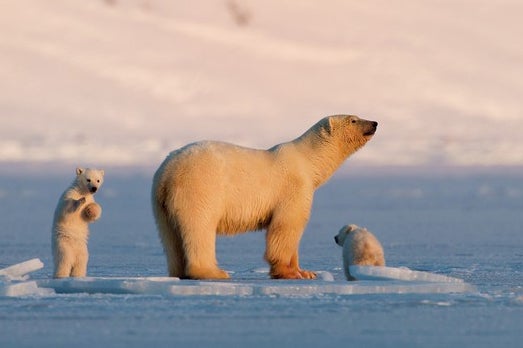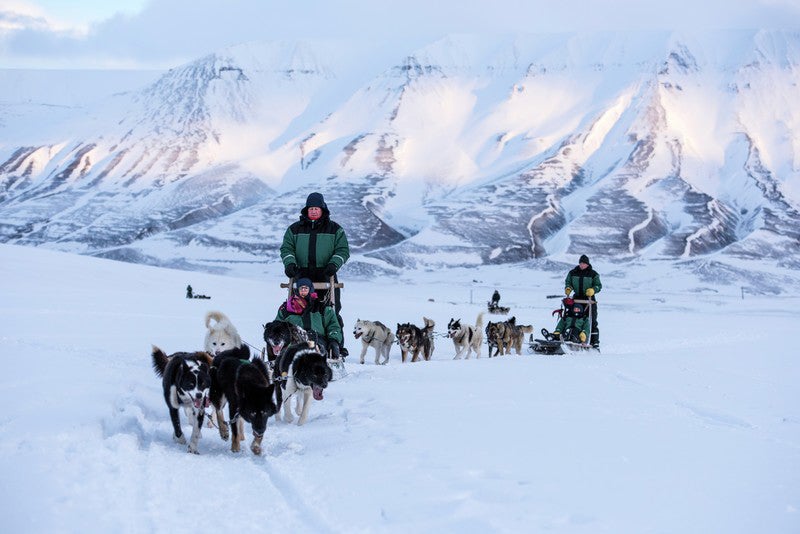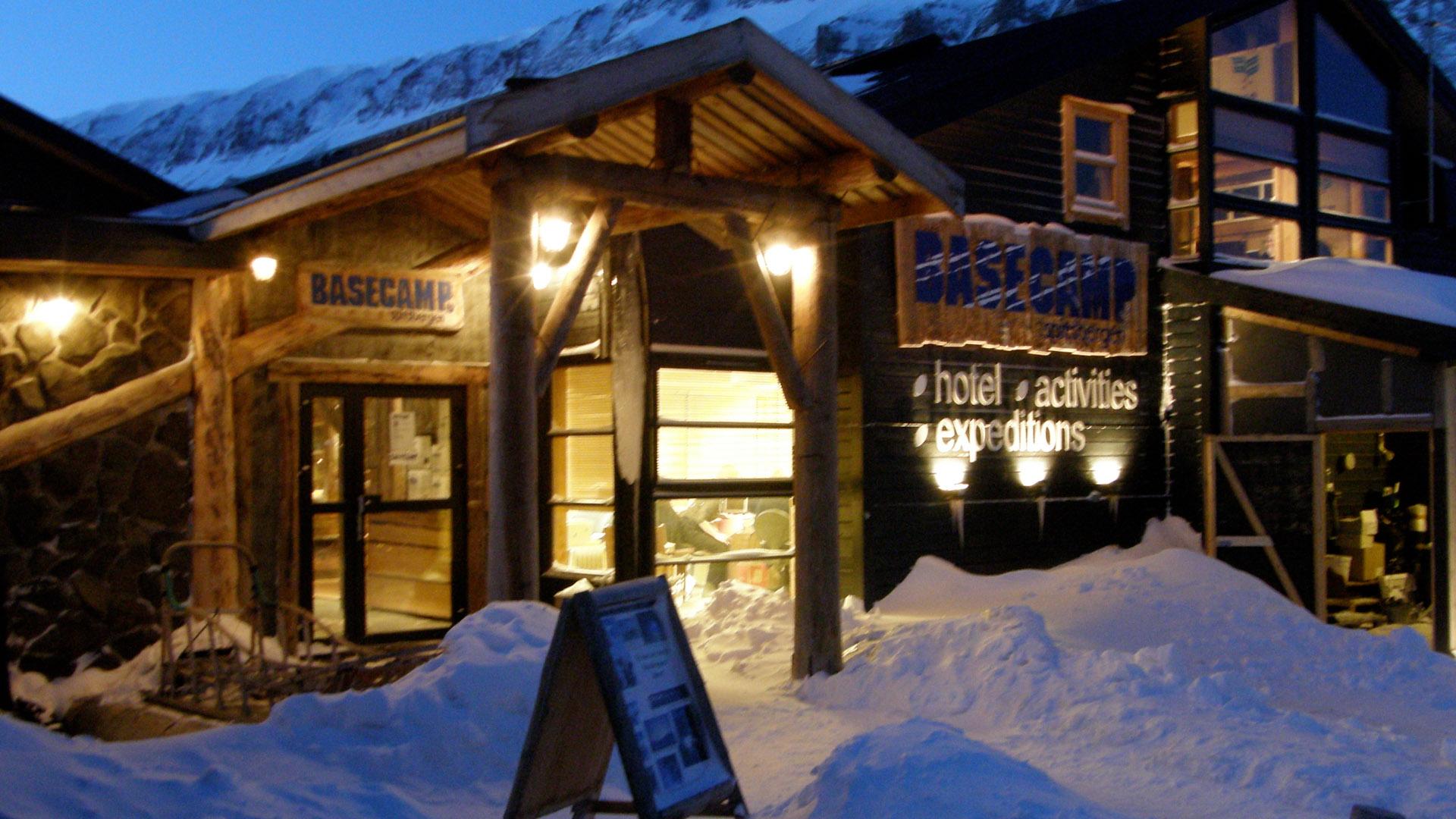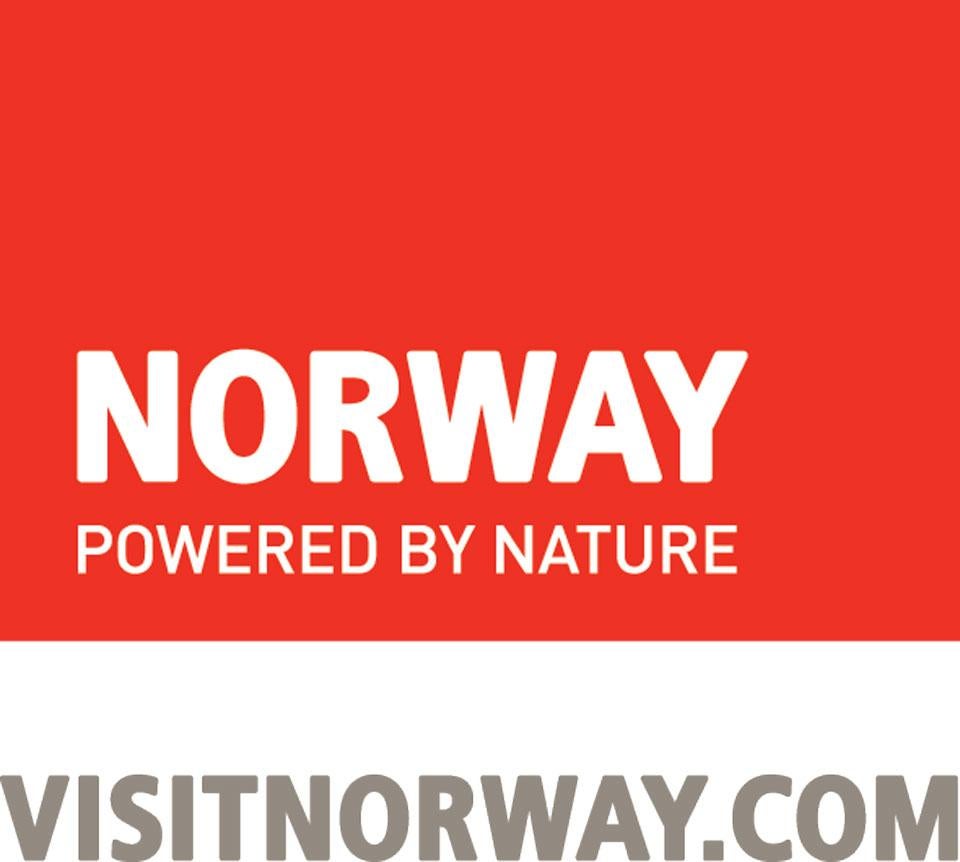See the sights of Svalbard, Europe’s last wilderness
With 3,000 polar bears and an airship museum, discover Norway’s island archipelago deep inside the Arctic Circle

Your support helps us to tell the story
From reproductive rights to climate change to Big Tech, The Independent is on the ground when the story is developing. Whether it's investigating the financials of Elon Musk's pro-Trump PAC or producing our latest documentary, 'The A Word', which shines a light on the American women fighting for reproductive rights, we know how important it is to parse out the facts from the messaging.
At such a critical moment in US history, we need reporters on the ground. Your donation allows us to keep sending journalists to speak to both sides of the story.
The Independent is trusted by Americans across the entire political spectrum. And unlike many other quality news outlets, we choose not to lock Americans out of our reporting and analysis with paywalls. We believe quality journalism should be available to everyone, paid for by those who can afford it.
Your support makes all the difference.Svalbard in numbers? Try the succinct summary of the sub-polar location in the Norwegian government’s Norway Post: “3,000 polar bears and 2,500 humans.”
Travellers who crave adventure and intrigue like to go to extremes. And the most extreme place on the planet accessible on a normal scheduled flight? The Svalbard archipelago, a name which means “cold shores”.
Yet Svalbard is warmer than its latitude deep inside the Arctic Circle would suggest, thanks to the West Spitsbergen current, a branch of the Gulf Stream. Although three-fifths of the land area is glaciated, Svalbard still has some vegetation in the shape of tiny, tenacious flowers.
More than mountains
The largest island is Spitsbergen, named by the Dutch explorer Willem Barentsz, who discovered it in 1596 while in search of a north-east passage to the Pacific. “Nothing more than mountains and pointed peaks,” he wrote. “Therefore we called it Spitsbergen.”

Four centuries on, Europe’s last wilderness offers the intrepid traveller much more than mountains.
The adventure hub is Longyearbyen, the capital — named for John Munro Longyear, founder of the Arctic Coal Company. For a final frontier town at 78 degrees north, it has a remarkable concentration of good things — starting with an outstanding restaurant. Huset embraces the cuisine of the north, with ingredients including cod, reindeer sausage and cloudberries, together with the longest, broadest wine list in the far north.
Historic past
The Svalbard Museum tells the compelling story of how the early settlers established tentative footholds beyond humanity’s horizons. And the North Pole Expedition Museum reveals how some pioneers went one step beyond — commemorating attempts to reach the North Pole by airship from Svalbard.
Among the hotel options, the Basecamp stands out: it is constructed partly with driftwood, sealskin and old mine machinery. And it also serves as, well, a base camp for activities such as climbing and husky sledging.
The Green Sky Adventure trip is a memorable winter journey, offered from October to January. It includes dog-sledding, snow-shoeing and the prospect of seeing the Northern Lights by day.
Another likely “first”: an Ice Cave Adventure, exploring the chambers in the Lars glacier left by the summer meltwater. A helmet, harness, crampons and a head lamp are supplied.

For more extensive expeditions, camping is no longer essential. Fifty-five miles away from Longyearbyen, the Basecamp people have turned an old communications station, Isfjord Radio, into a commendably comfortable place to stay and enjoy views of the end of the Earth — and the start of the heavens.
Spring and summer are superb seasons to see Svalbard, but winter is magical. Norse legend insists the Northern Lights comprise a link between the Earth and Asgard, the realm of the gods. And the long, deep Arctic night provides the ideal blank canvas for the phenomenon. You can even experience it during the day - book a trip with Hurtigruten Svalbard from 1 October to 28 February and you can stay in converted coal miners' barracks at the foot of glaciers and mountains.
For more inspiration go to visitsvalbard.com and to book your break to Norway, visit visitnorway.com
To view more articles in the series click here
